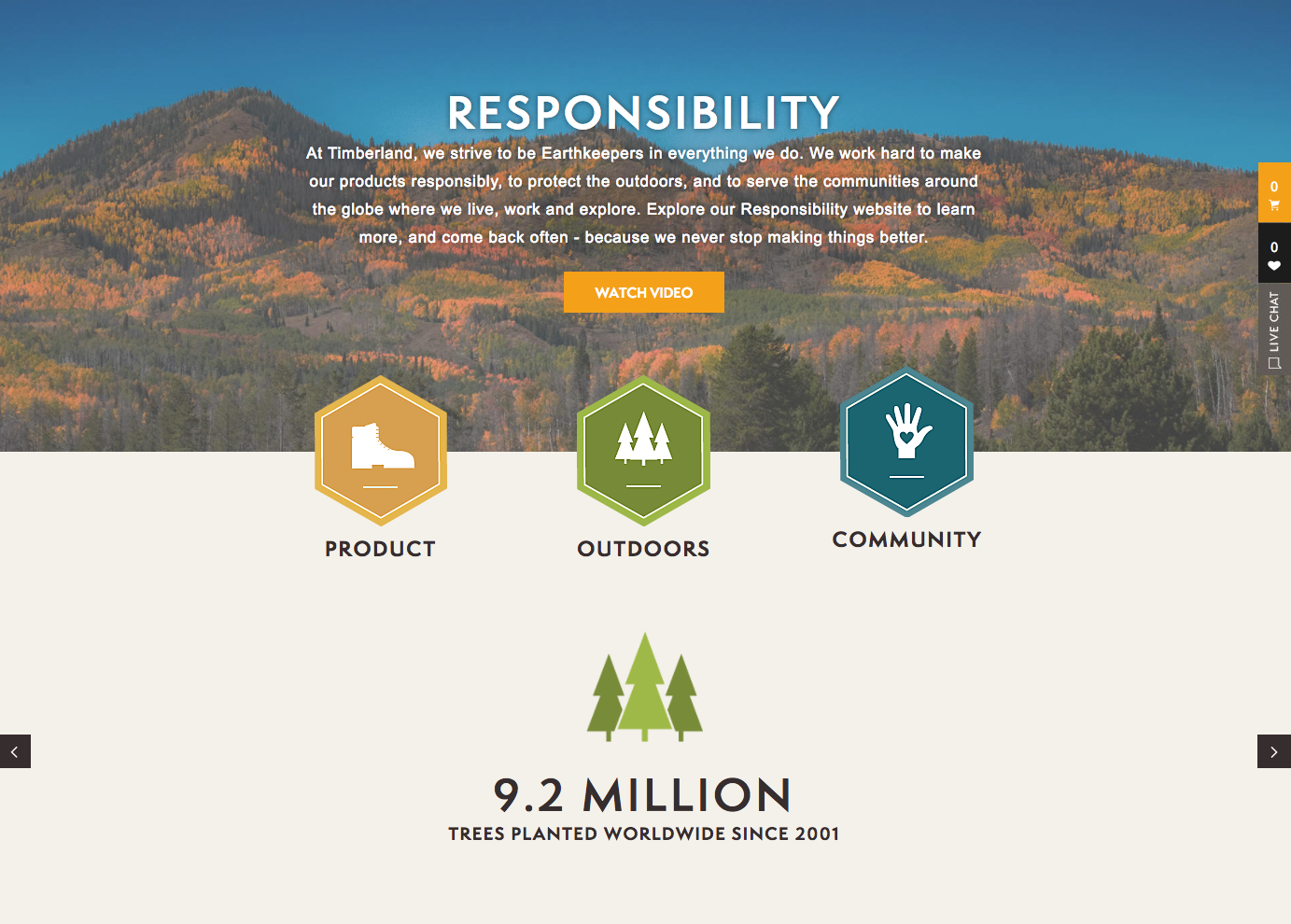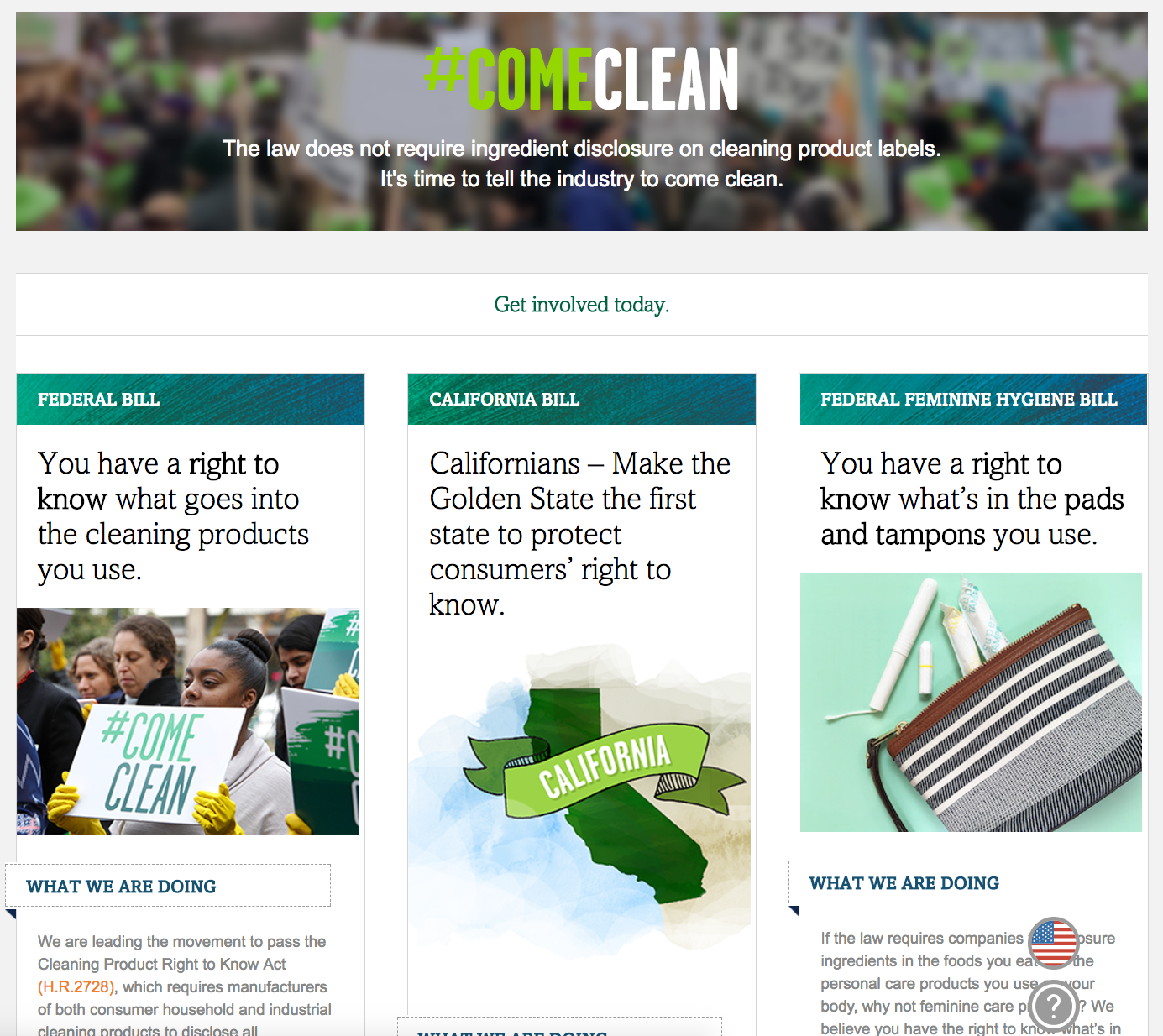If you’re not familiar with green marketing tactics and strategies, you’re not alone. Most eco-friendly businesses are only just beginning to grasp the concept of sustainability marketing. A finance friend of mine recently guessed that green marketing was a reference to all the cash sustainable businesses could earn. Regardless of how awesome that sounds, it’s an inaccurate representation.
Want a better definition?
Check this out:
“Green marketing refers to the process of selling products and/or services based on their environmental benefits.”
Green Marketing Requirements
Although many brands claim to be eco-friendly, they don’t necessarily practice green marketing. Authenticity plays a huge role in the operations of green companies. Review these guidelines to determine whether your company is truly able to implement eco-friendly marketing:
- Your products and/or services are free of toxic materials and ozone-depleting properties
- Your products and/or services are designed to be reusable over the long-term
- Your products are manufactured following environmentally-friendly guidelines or are produced from recycled materials
- Your products can be recycled
- Your packaging is eco-friendly, biodegradable, made from recycled materials, can be recycled and/or is conservatively used
- Non-green processes of your business don’t use materials in excess
If your brand meets all the requirements above, congratulations. You’re a genuine green company with the ability to ethically practice green marketing.
Now, let’s talk tactics. There are three principles your brand needs to live and breathe to execute successful green marketing:
1. Environmentally-friendly needs to be at the core of your company culture
2. Support your community’s environmentally-friendly initiatives
3. Your brand is transparent about operations, sourcing, and processes
1. It Needs to be Cultural
Being green must be a part of your brand’s identity. Your mission and vision statements should clarify your organization’s commitment to the environment while your brand guidelines need to specify acceptable practices.
This all boils down to one thing: practice what you preach. Green marketing won’t work unless your organization is fully committed to the concept and practice of protecting the environment. The last thing you want is a disconnect between what your brand says and what they do. Audience perception will get really screwed up if that’s the case.
Put eco-friendly initiatives at the heart of your company culture and green marketing becomes a natural progression in your brand’s evolution.
2. Leverage Your Community Support Activities
While this isn’t exclusive to eco-friendly companies, community support and interaction is an integral part of green marketing. Being environmentally-friendly starts in your local community. A big aspect of green marketing involves building goodwill among your target audience.
There are two steps you need to take to establish goodwill for your brand:
ONE: Get your entire company involved in the community.
- Support local charities, community initiatives, eco-friendly programs, and other community activities.
- Provide incentives for your employees to get involved.
- Create a mandatory day each quarter where everyone gets out of the office and participates as a team.
- Provide financial support to causes near and dear to your company’s values.
TWO: Promote your community involvement.
- Take pictures, shoot videos, and post them on social media to show your audience that your company practices what they preach.
- Use charitable donation incentives to encourage sales and target audience interaction. For example; for every dollar of your product that’s sold on Christmas Eve, the brand will donate 5% to a Toys for Tots.
- Use Facebook live video, Instagram stories, Periscope and other live social media features during community involvement events.
It might seem egotistical to talk about your organization’s good deeds so often but it’s not. You’re simply letting people know that your business delivers on their promises and has more to offer than just words.
3. Be Transparent
Green marketing puts a big emphasis on social responsibility. Why? Because brands need to be able to prove their commitment to eco-friendly causes. Social responsibility in this context is referring to honesty and brand authenticity.
Being transparent is one of the best ways to establish your brand’s authority as a green organization. Make your green goals and objectives public knowledge and then provide updates once those goals have been reached.
Examples of Green Marketing
Tom’s of Maine
Tom’s of Maine created their #GREENSCHOOLFUND to support programs across the country that teach young students how to contribute to a cleaner environment. Recycling, nature restoration and eliminating waste were just a few of the projects funded by their campaign.

Timberland
No stranger to environmental causes, Timberland dedicates an entire page of their website to discussing their responsibility as “Earthkeepers”. As part of their program, you can see how many hours their employees have donated, how many trees have been planted, and how many plastic bottles have been recycled.



Seventh Generation
On a mission to require main-stream brands to disclose their ingredients on cleaning product labels, Seventh Generation started the #COMECLEAN campaign. They keep their audience updated on the latest legislative news, provide efficiency and recycling tips, and document the strides they’re making to become more sustainable.

Play it Smart
There’s one thing that can burst your green marketing bubble in the blink of an eye: excessive print marketing.
People hate when you talk about sustainability, going green, and eco-friendly initiatives on reams of paper. It’s counterintuitive and feels dishonest. However, if you’re having trouble reaching your audience via truly digital means, or if you have a physical product that makes paperless impossible; there are a lot of options for recycled paper, or compostable packaging materials. If you’re running a truly environmentally-friendly business and want to master green marketing, just remember these simple rules:
Never waste. Always recycle. Get Involved. Be authentic.
-FINAL(01-00)-White&Blue-01.svg)





